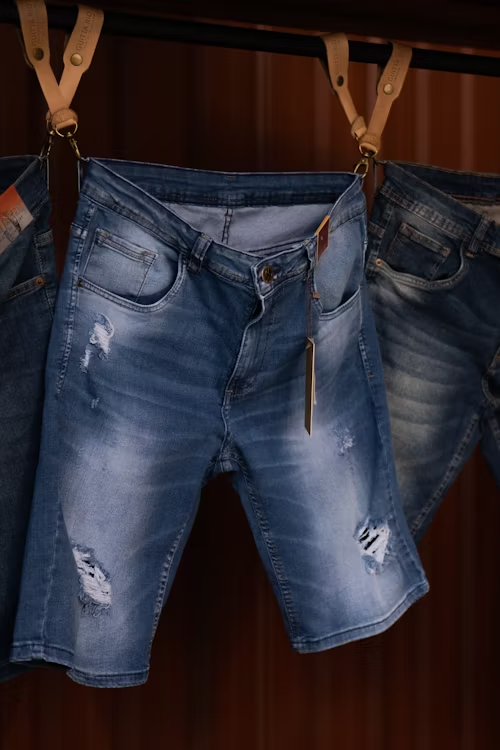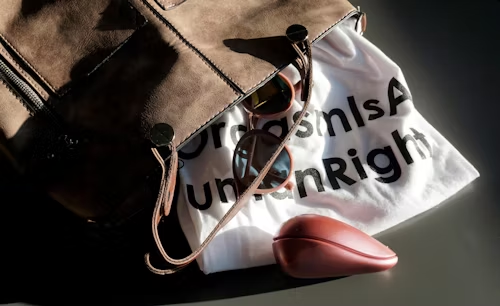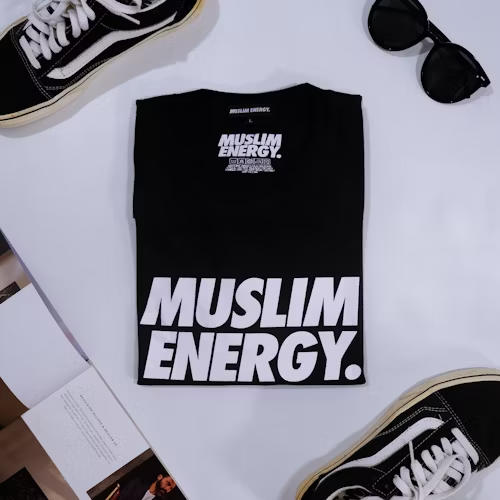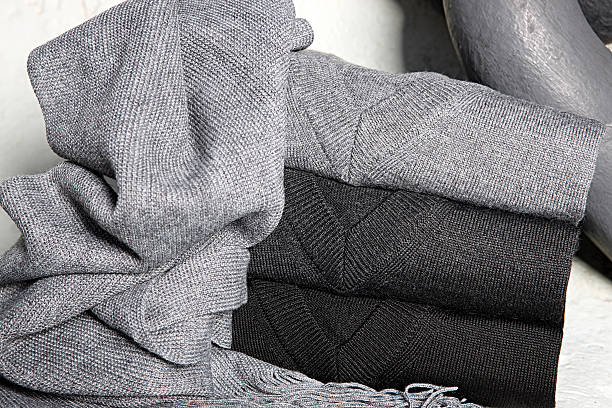A jersey t – shirt (also called a “jersey tee”) is a casual shirt made from jersey fabric. This fabric is soft and stretchy, which makes the shirt comfy and versatile for different uses. But what exactly makes jersey fabric unique, and why has the jersey t-shirt become a staple in wardrobes worldwide?
Understanding Jersey Fabric
Jersey fabric is a knitted textile, typically made from cotton, polyester, or a blend of the two. Jersey fabric is different from woven materials like poplin or oxford cloth. The loops lock together in its construction, giving it great stretch and the ability to bounce back.This makes jersey t-shirts hug the body gently without feeling restrictive, providing a comfortable fit for all body types.

Key Features of Jersey T-Shirts
- Softness: Jersey fabric is brushed for a smooth, soft texture that feels great against the skin.
- Breathability: The open knit structure allows air to circulate, making jersey tees ideal for warm weather or active wear.
- Durability: The stretchy nature of jersey reduces stress on seams, extending the lifespan of the garment.
- Versatility: Jersey T – shirts come in many styles, including classic crew necks and popular V – necks. You can wear them casually or dress them up for any occasion.
Jersey T-Shirt vs. Other T-Shirt Fabrics
Wondering how jersey compares to other popular t-shirt materials like cotton pique or fleece?
- Cotton pique: A woven fabric with a textured surface, often used for polo shirts. Less stretchy than jersey.
- Fleece: A thicker, warmer fabric with a fuzzy interior, commonly used for hoodies and winter tees.
- Jersey: Stands out for its lightweight stretch and smooth finish, making it the go-to choice for everyday comfort.
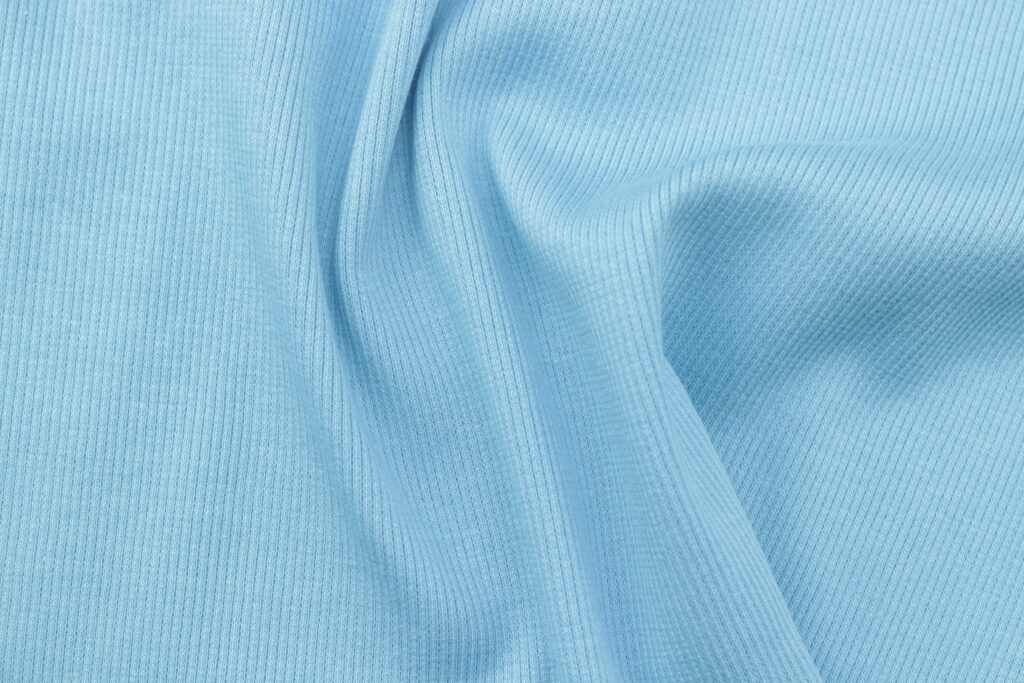
How to Customize a Jersey T-Shirt?
Personalizing a jersey t-shirt is a fun way to create a unique garment that reflects your style or brand. Need to design team uniforms, promotional gifts, or a unique fashion item? Just follow these steps to turn your idea into reality.
Step 1: Choose the Right Base Jersey T-Shirt
Start with a high-quality jersey tee in your preferred color and fit. Look for 100% cotton for breathability or a cotton-poly blend for added stretch and durability. Consider the weight of the fabric—lighter jerseys (4-6 oz) are great for summer, while heavier ones (6-8 oz) offer more structure.
Step 2: Design Your Custom Artwork
Your design can be a logo, graphic, quote, or photo. Use design software like Adobe Illustrator or Canva to create a high-resolution image. Keep in mind:
- Color matching: Ensure your design colors complement the base t-shirt color.
- Size and placement: Decide where you want the design: front, back, sleeves, or all-over.
Step 3: Select a Printing Method
Choose a printing technique that suits your design and budget:
- Screen printing: Best for bold, solid colors and large quantities. Offers vibrant, long-lasting results.
- Dye-sublimation: Ideal for all-over prints and intricate designs, but works only on polyester fabrics.
- Vinyl heat transfer: Perfect for small batches or designs with multiple colors and gradients.
Step 4: Add Personalized Details
Take customization further with these options:
- Embroidery: Add a textured, premium look with stitched logos or names.
- Patches: Sew or iron on fabric patches for a vintage, DIY feel.
- Custom labels: Replace the brand tag with your own logo or a special message.
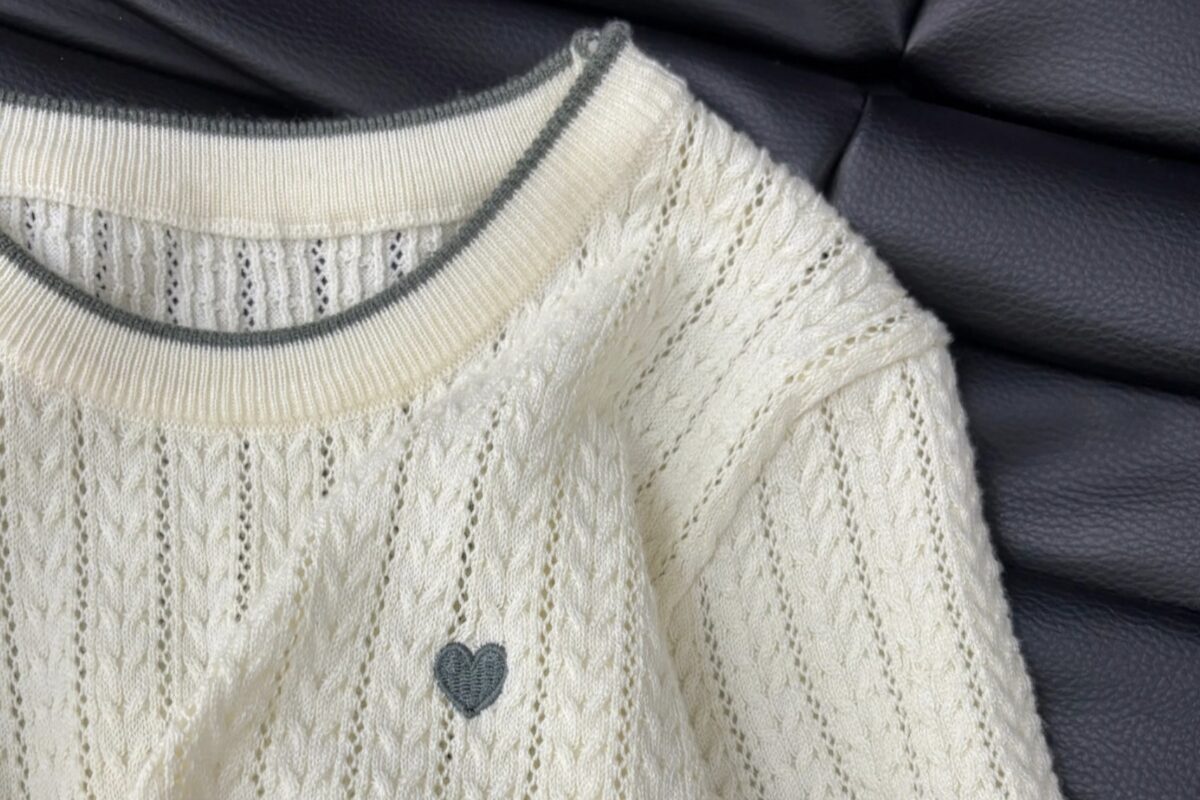
Step 5: Care for Your Custom Jersey T-Shirt
To keep your design looking fresh:
- Wash inside out in cold water to protect the print/embroidery.
- Avoid bleach and harsh detergents.
- Tumble dry on low heat or air dry to prevent shrinkage.
By following these steps, you can create a customized jersey t-shirt that’s not only stylish but also uniquely yours. Whether for personal use or business promotion, a well-designed jersey tee is sure to make a statement!


